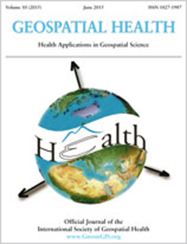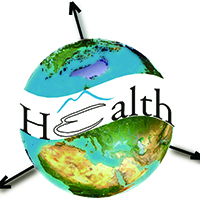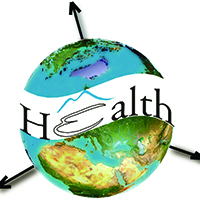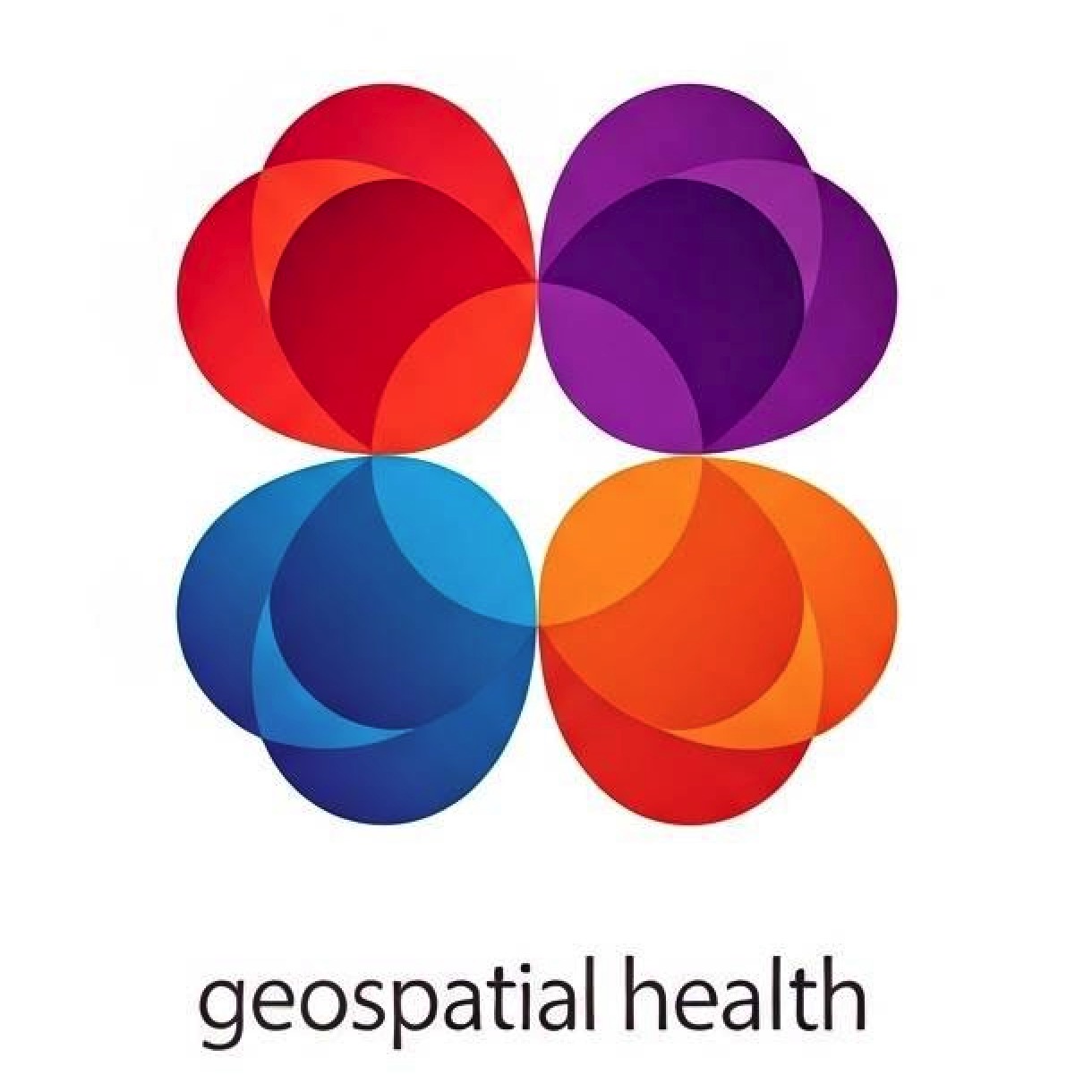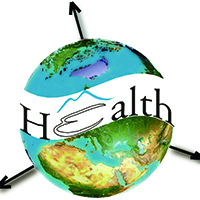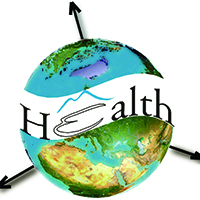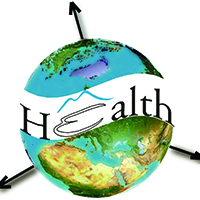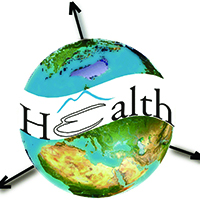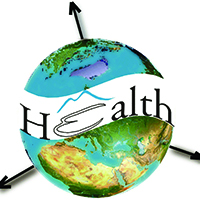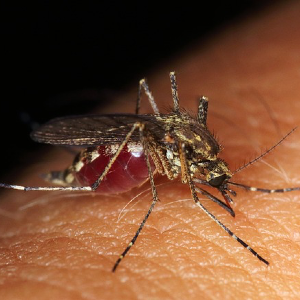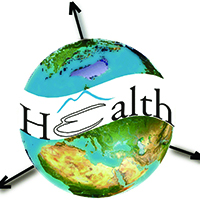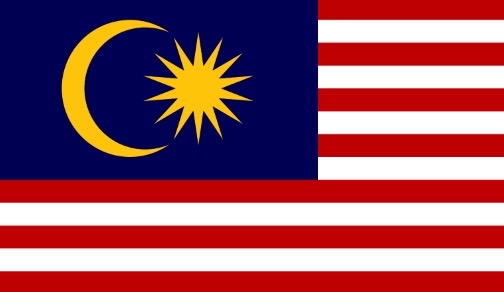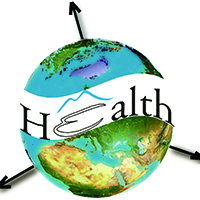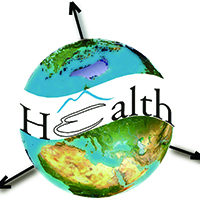FOR AUTHORS
Search
Search Results
##search.searchResults.foundPlural##
-
Enhancing GeoHealth: A step-by-step procedure for spatiotemporal disease mapping
934PDF: 354Supplementary Materials: 151HTML: 177 -
Intra-urban differences underlying leprosy spatial distribution in central Brazil: geospatial techniques as potential tools for surveillance
1220PDF: 590Supplementary Materials: 78HTML: 15 -
The effects of population mobility on Chinese HIV epidemics in spill-over and influx risks perspectives: a spatial epidemiology analysis
395PDF: 91Supplementary materials: 27HTML: 5 -
Making the most of spatial information in health: a tutorial in Bayesian disease mapping for areal data
6932PDF: 2391APPENDIX: 1126HTML: 5213 -
Spatial-temporal risk factors in the occurrence of rabies in Mexico
4064PDF: 1189HTML: 918 -
Global spreading of Omicron variant of COVID-19
1689PDF: 724HTML: 48 -
Zoning the territory of the Republic of Kazakhstan as to the risk of rabies among various categories of animals
2629PDF: 1216APPENDIX: 628HTML: 1456 -
Moran’s I and Geary’s C: investigation of the effects of spatial weight matrices for assessing the distribution of infectious diseases
1496PDF: 430Supplementary materials: 148HTML: 103 -
Sentiment analysis using a lexicon-based approach in Lisbon, Portugal
1018PDF: 291Supplementary Materials: 143HTML: 69
1 - 35 of 35 items

